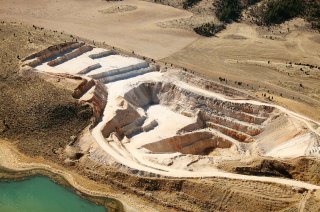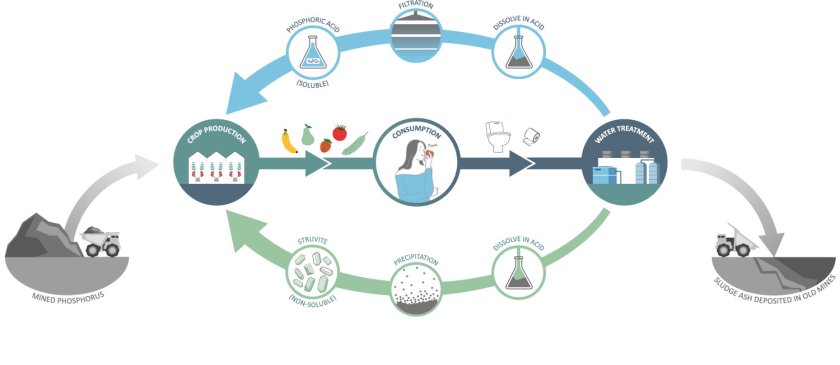
Project
Living Labs Circular greenhouse
Phosphorus is an essential plant nutrient. Of all the mineral phosphorus fertiliser imported by the Netherlands, a third goes to greenhouse horticulture. This phosphorus comes from natural reserves which are mined and will eventually run out. Such dependency makes greenhouse horticulture vulnerable to supply chain shocks. On the other hand, the Netherlands have a surplus of phosphorus side-streams, like sewage sludge and manure, which are not optimally recycled or end up in the environment.
How can greenhouse horticulture become part of a circular phosphorus loop? In 2023, this project made an inventory based on several technical questions:
- Which side-streams rich in phosphorus are available?
- Which phosphorus recovery technologies can be used?
- And which possible products can be obtained?
We linked these results to the requirements of greenhouse horticulture, which are quite different to arable farming. Some of our most important findings included the following:
- Sewage sludge ash looks like a promising source of phosphorus for greenhouse horticulture, especially since it is currently dumped underground.
- Circular products like struvite, which cannot directly be applied in greenhouses’ fertigation systems, can be applied if dissolved in acid beforehand in a third (‘C’) storage tank, on top of existing A- and B tanks.
- Greenhouse horticulture is potentially orders of magnitude more sensitive to contaminants in fertilisers compared to current legislation, so products must be much purer.
With this, we hope to put greenhouse horticulture on the map within the many efforts currently being undertaken to recover and apply circular phosphorus, and in a broader scope circular fertilisers.

On top of these technical questions, there also socio-economic and legislative hurdles. Our inventory has identified opportunities, but a circular phosphorus supply chain is not yet a reality. To create such a new resource loop would involve many different stakeholders such as waste (water) treatment companies, farmers, technology suppliers, fertiliser producers, greenhouse growers as well as policymakers, each with their own questions. In 2024, using a ‘living lab’ approach, this project aims to give stakeholders the opportunity to meet each other and explore the different aspects of this supply chain together, from side-streams to the growers. Our aim is to bring these people together and provide supporting knowledge in order to facilitate the transition towards a circular phosphorus supply chain for greenhouse horticulture.